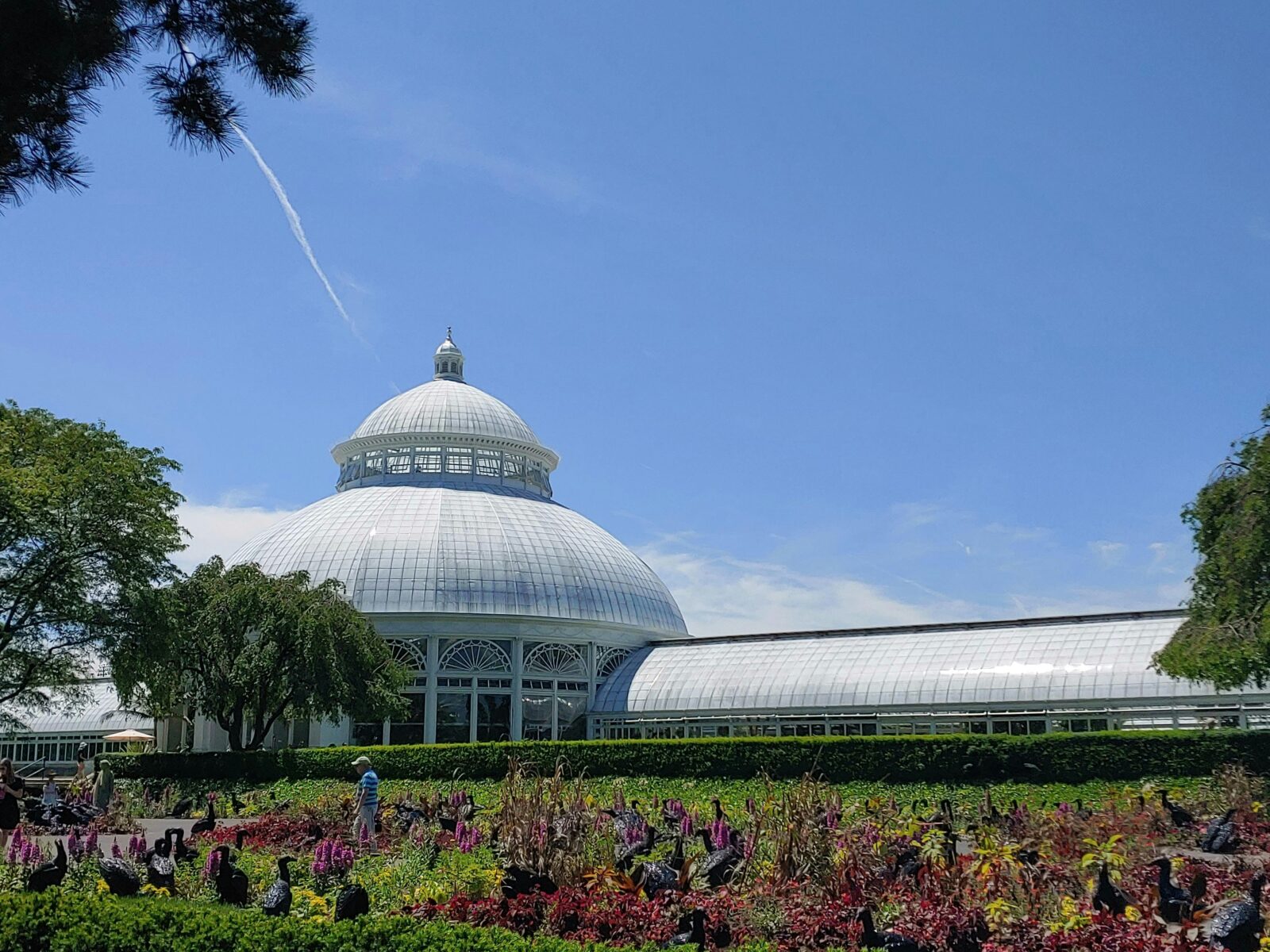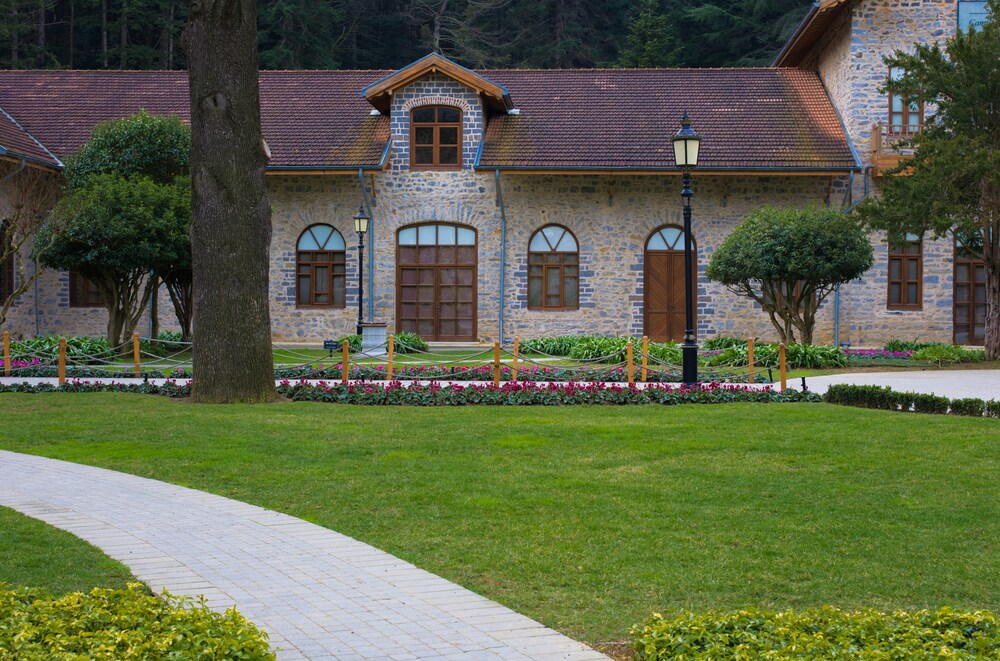- Home
- Articles
- Architectural Portfolio
- Architectral Presentation
- Inspirational Stories
- Architecture News
- Visualization
- BIM Industry
- Facade Design
- Parametric Design
- Career
- Landscape Architecture
- Construction
- Artificial Intelligence
- Sketching
- Design Softwares
- Diagrams
- Writing
- Architectural Tips
- Sustainability
- Courses
- Concept
- Technology
- History & Heritage
- Future of Architecture
- Guides & How-To
- Art & Culture
- Projects
- Interior Design
- Competitions
- Jobs
- Store
- Tools
- More
- Home
- Articles
- Architectural Portfolio
- Architectral Presentation
- Inspirational Stories
- Architecture News
- Visualization
- BIM Industry
- Facade Design
- Parametric Design
- Career
- Landscape Architecture
- Construction
- Artificial Intelligence
- Sketching
- Design Softwares
- Diagrams
- Writing
- Architectural Tips
- Sustainability
- Courses
- Concept
- Technology
- History & Heritage
- Future of Architecture
- Guides & How-To
- Art & Culture
- Projects
- Interior Design
- Competitions
- Jobs
- Store
- Tools
- More
How Tree Removal Can Breathe New Life into Your Yard

A healthy yard thrives on balance. Trees often serve as its centrepiece, offering shade and beauty, but they can also become a burden if they are diseased, overgrown, or poorly positioned. When a tree starts to deteriorate or crowd out other plants, removing it dramatically can improve the landscape. Many homeowners don’t realise how much of a difference this decision can make until they see the results firsthand. Consulting a tree removal officer ensures that the process is carried out safely while enhancing the overall health of the yard.
Table of Contents
ToggleStopping the Spread of Disease Before It Takes Over
A sick tree is more than just an unfortunate sight, it can be a serious hazard to other plant life. Many tree diseases, whether fungal infections or pest infestations, spread easily through root systems or airborne spores. Once an infection starts, it can move quickly through the yard, impacting otherwise healthy trees, shrubs, and even garden plants. Removing a diseased tree before the problem escalates helps protect the rest of your landscape from suffering the same fate.
There is also the issue of pests. Dead or dying trees attract insects like termites, beetles, and borers. These unwelcome guests don’t just stick to the tree but often migrate to other areas, including healthy vegetation or even nearby structures. Contacting a professional tree service provider ensures the removal is done efficiently while preventing pests from spreading to other parts of the property. Taking action quickly also reduces the risk of damage to nearby plants and structures.

Giving Sunlight and Nutrients Back to the Yard
While trees provide much-needed shade, too much of it can be a problem. When a thick canopy blocks sunlight, grass struggles to grow, flowers become weak, and other plants are left fighting for survival. Removing a tree that casts excessive shade allows light to reach previously deprived areas, giving smaller plants a chance to flourish.
Trees are also notorious for hogging soil nutrients. A single large tree can absorb vast amounts of water and minerals, leaving surrounding vegetation with little to sustain them. Once a tree is removed, the soil regains its balance, allowing grass, shrubs, and flowers to thrive without the constant battle for resources.
Creating Space for Growth and Balance
An overcrowded yard can feel chaotic. Trees that are planted too close together compete for space, water, and light, leading to weak and stunted growth. Branches intertwine, roots clash underground, and the result is often a dense, unhealthy landscape. Taking out one tree can open up space, allowing the remaining plants to grow properly without struggling for resources.
More breathing room also improves airflow, which is crucial for preventing mould and mildew buildup. Thick, damp foliage tends to trap moisture, creating a breeding ground for fungal infections. Removing select trees allows for better ventilation, reducing humidity levels and keeping the landscape in peak condition.
Strengthening Soil and Encouraging Lawn
Beyond improving plant growth, tree removal has a direct impact on soil quality. Large trees pull significant amounts of moisture from the ground, often leaving the soil dry and compacted. Once removed, the ground has an opportunity to recover, improving its ability to retain water and absorb nutrients. Aerated, nutrient-rich soil makes it easier for new plantings to take root and flourish.

Tree roots can also become a hidden issue over time. As they decay, they create uneven ground or invite unwanted fungi into the soil. Addressing these problems through proper tree removal and soil care ensures the yard remains a stable, inviting space for new growth.
Final Thoughts
Deciding to remove a tree is not always easy, but it can be one of the best things for the overall health of a yard. Clearing out diseased trees, improving sunlight exposure, reducing overcrowding, and restoring nutrient balance all contribute to a stronger, more vibrant outdoor space.
With the guidance of a tree removal professional, homeowners can make informed decisions that benefit not only their landscape’s appearance but also its long-term sustainability.
illustrarch is your daily dose of architecture. Leading community designed for all lovers of illustration and #drawing.
Submit your architectural projects
Follow these steps for submission your project. Submission FormLatest Posts
The United States’s Most Beautiful Parks and Gardens: Our Essential Guide
Discover the United States’s Most Beautiful Parks and Gardens with expert picks,...
Lawn Care Fundamentals That Make or Break Outdoor Designs
Most architecture students spend years learning design software and theory. Then they...
Top Botanic Gardens in the United States: Where We Go For Living Collections And Calm
Top Botanic Gardens in the United States: our expert-vetted list with when...
Best Resources for Aspiring Landscape Architects
Landscape architecture mixes art with hard science. You’re not just sketching gardens....












Leave a comment